Food industry wastewater treatment system
Various food industries including production factories such as dairy products, canned food, compote, tomato paste, juice, soft drinks, dry beans and ready-to-eat vegetable, despite the wide variety of products, have similar quality in waste production. The amount of COD and BOD of this industries are in 100-10000 milligram per liter.
Description
Food industry wastewater treatment system
The amount of total suspended solids (TSS) are very variable in food industries. It may be varying by up to 120000 milligrams per liter. the canning industry produces the most waste and the sugarcane industry creates the highest amount of suspended solids. Due to the high concentration of food industry wastewater, usually a combination of physical, chemical and biological methods are used for the treatment of production wastewater so that the treated wastewater is match to the permitted standards of the Ministry of Environmental Protection. For choosing the best treatment method for food industries wastewater, the qualitative analysis of the wastewater should be done. According to the type and nature of waste, the accurate process for treatment is selected and designed. Generally, the process of the purification includes the following parts, which can add or reduce other parts depending on the quality of the production waste.
• Septic tank, neutralization and pH adjustment: all of this steps is done in one tank.
• Removing lipids: in some the food industries like dairies lipid removal process is needed. Based on the solubility of the lipids, the right type of fat removing system is chosen.
• Biofilter: in the next step, according to ability of microorganisms in digesting and consuming the organic materials, the proper biofiltration system is designed due to type of the waste and BOD.
• Chemical sedimentation: in this step the leftovers of organic and suspended materials is sediment by flocculants and the mud is separated by filter press.
• Disinfection: the treated waste is disinfected by ozonation or clorisation and the output of this step has all of the standards of the Ministry of Environmental Protection and can be used for agriculture, watering plants and etc.
Reviews (0)
Be the first to review “Food industry wastewater treatment system” Cancel reply



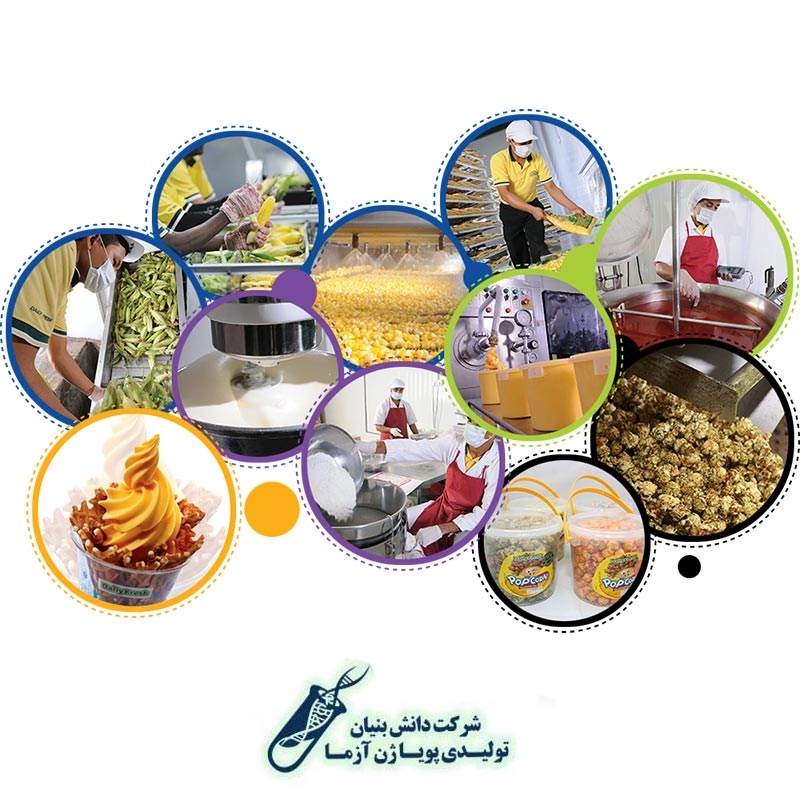
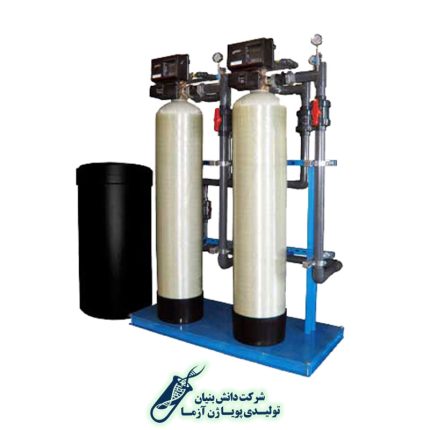
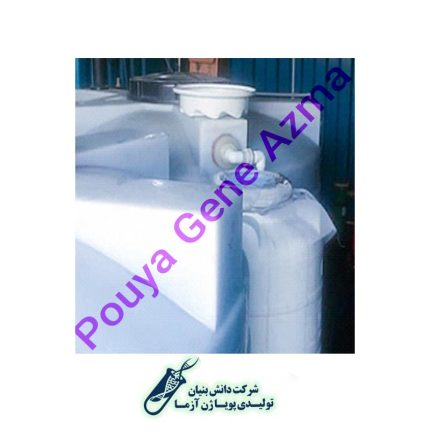
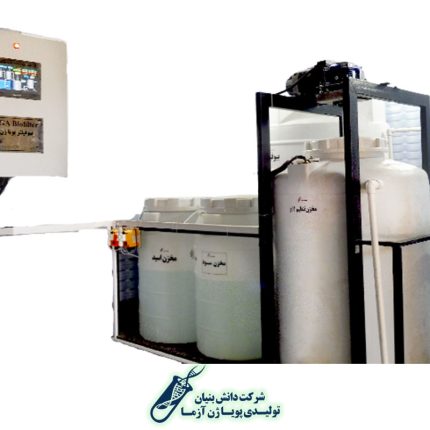
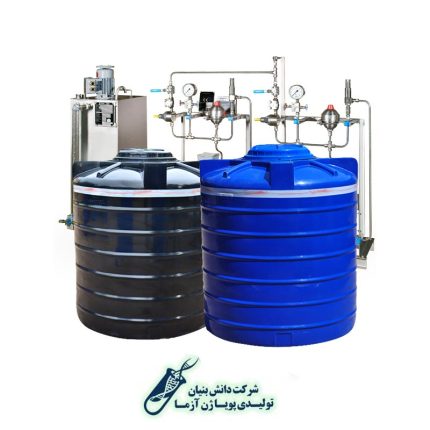

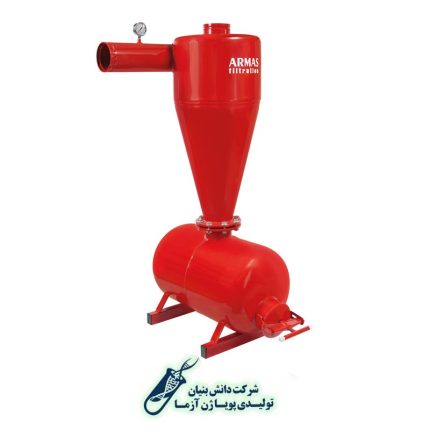
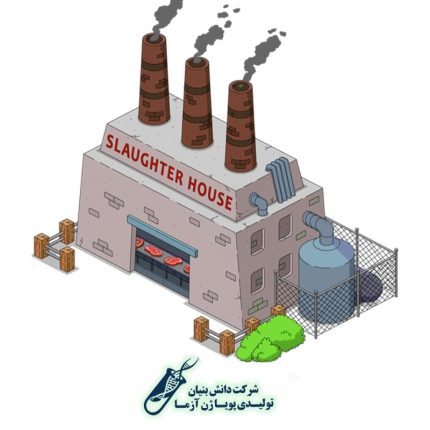
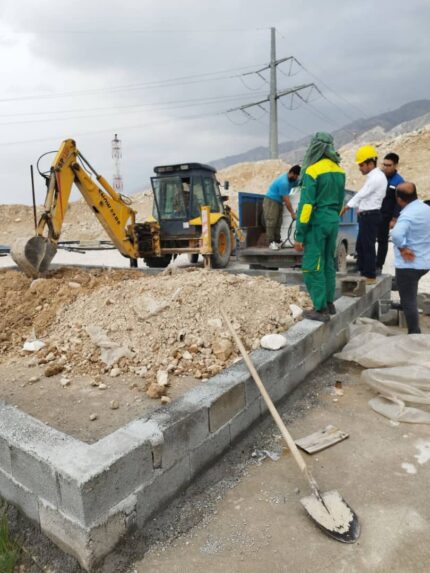
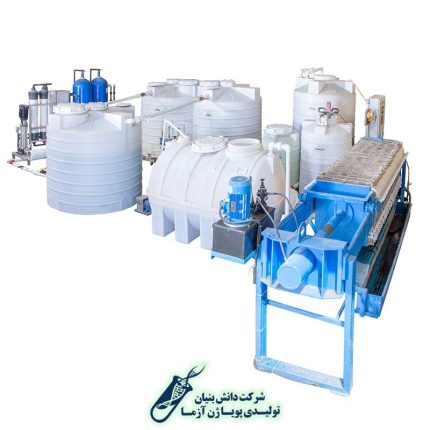

Reviews
There are no reviews yet.